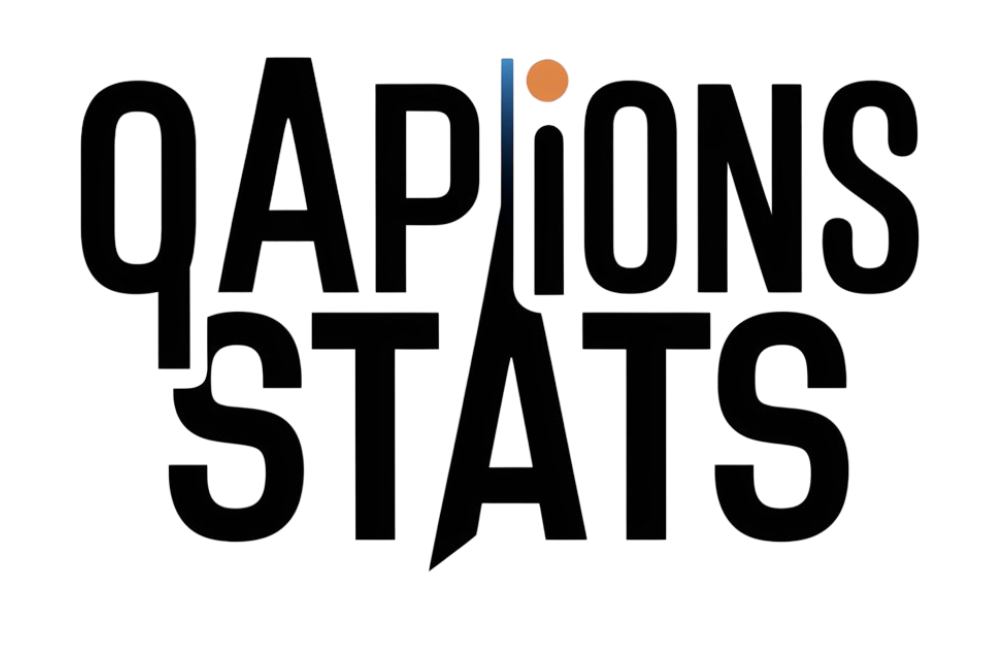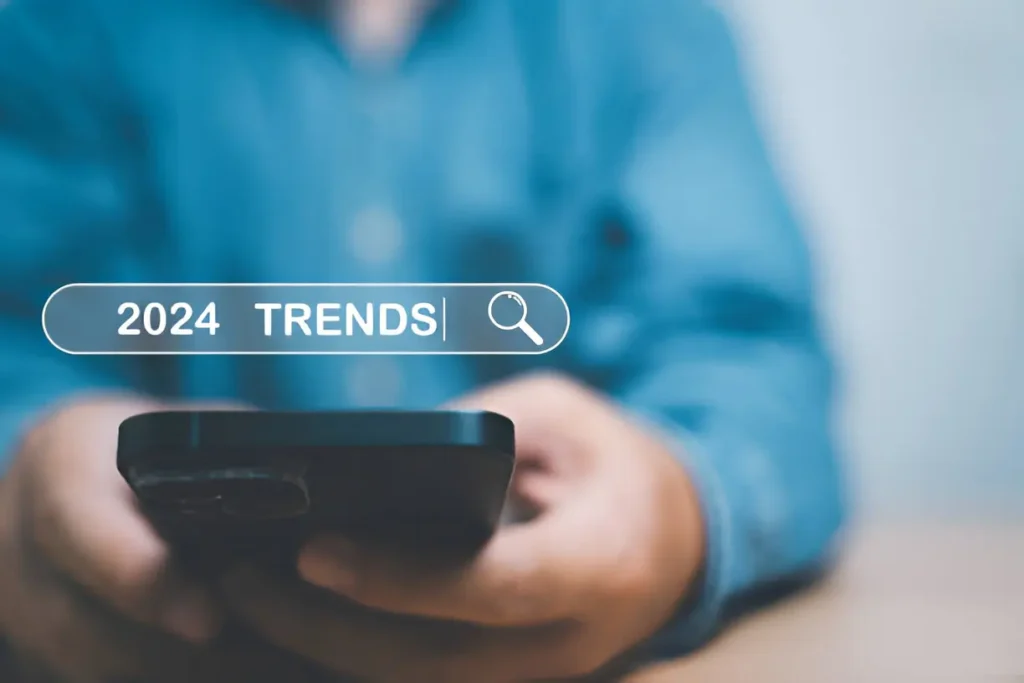The beauty industry is evolving at an unprecedented pace, thanks to the powerful influences of social media creators. No longer confined to glossy magazine covers or celebrity spokespersons, beauty advice and trendsetting now come from passionate creators sharing insights, tips, and critiques from their homes. From everyday makeup tutorials to viral product reviews watched by millions, these digital trendsetters have radically redefined how consumers discover, evaluate, and purchase beauty products. One key driver of this transformation is the accessibility to the best agencies for beauty influencers, helping brands connect with talent that genuinely resonates with their target audience. This new dynamic empowers everyday consumers, blurring the line between buyer and influencer, while holding brands accountable for authenticity and inclusivity.
Unlike the era dominated by traditional advertising, where a few brands and publications dictated the ideal beauty standards, today’s beauty landscape is shaped by a diverse array of creators who openly share real-life experiences, honest product routines, and deeply personal stories. By leveraging social channels, these creators have blurred the lines between content and commerce, making beauty not just more accessible but also more interactive, engaging, and transparent than ever before. Their influence amplifies marginalized voices and challenges long-standing industry norms, leading to a more vibrant and representative dialogue across global communities. It’s not uncommon for a single viral video or trending hashtag to disrupt established trends overnight and force large companies to address gaps in their offerings.
The Rise of Authenticity and Diversity
Social media creators have ushered in a new era of authenticity within the beauty world. Instead of showcasing only the flawless, airbrushed images that filled magazine pages and billboards for decades, today’s influencers are celebrated for displaying a raw, unfiltered version of themselves. By proudly demonstrating various skin tones, hair textures, body types, and makeup styles, creators are actively breaking away from conventional beauty ideals and prioritizing realness over perfection. This push for honesty and diversity has driven beauty brands to rethink their campaigns, ensuring true product inclusivity and casting talent that better mirrors the rich diversity of the real world. Consumers now expect a higher level of transparency from brands and are quick to reward companies that genuinely champion individuality and self-expression across their platforms. As a result, authenticity has become both a brand value and a marketing necessity, driving more brands to adopt diverse spokespeople and expand product ranges like never before.
Platforms as Trendsetters
Instagram, TikTok, and YouTube have rapidly become the breeding grounds for the beauty industry’s hottest trends. Beyond mere platforms for sharing snapshots, these channels serve as dynamic testing grounds where creators can introduce innovative looks, experiment with products, and launch viral challenges or hashtag campaigns with just a few clicks. A striking example is TikTok’s now-famous “Bold Glamour” filter, which amassed over 18 million pieces of content in its first week, highlighting its remarkable ability to propel trends into the mainstream faster than ever. The ripple effects of these trends are felt instantly—not only among digital communities, but also on store shelves, in major advertising campaigns, and across red carpets worldwide. As platforms continuously release new features like interactive polls or shoppable videos, creators are given fresh tools to engage and mobilize audiences, making platforms key architects of what’s considered “in” within beauty culture.
Live Streaming and Real-Time Engagement
Live streaming has become an essential cornerstone of digital beauty marketing, fundamentally changing how brands and consumers interact. Influencers and professional makeup artists now host live tutorials, real-time product launches, interactive Q&A sessions, and even live shopping experiences, transforming traditionally passive followers into active, engaged participants. This direct connection enables viewers to ask specific questions, provide feedback, and see how products perform in unscripted, unedited settings—bridging the gap between digital discovery and instant purchase with unprecedented transparency. The result is a condensed customer journey in which decision-making, product interaction, and checkout can unfold within minutes, all from the comfort of one’s home. Brands that have embraced this retail revolution are reaping the benefits of deeper customer engagement, stronger loyalty, and faster sales cycles, as buyers value the immediacy and authenticity of real-time interactions.
Augmented Reality: Bridging the Virtual and Physical
Augmented reality (AR) bridges the divide between digital inspiration and real-world results by enabling sophisticated virtual product try-ons. With a tap on an AR-powered app or filter, consumers can experiment with makeup looks, lip colors, and foundation shades from the comfort of home, visualizing new styles and making more confident choices before ever committing to a purchase. This technology not only enhances the online shopping experience by making it more interactive and personalized, but also cuts down on return rates and product waste, as customers can now find products perfectly tailored to their preferences and skin tones. According to industry analysts, the adoption of AR within beauty is only poised to accelerate, as shoppers increasingly expect immersive tech-driven experiences when evaluating products online. AR also empowers brands to collect feedback on new launches in real-time and even tweak offerings before a full rollout, further blending cutting-edge technology into the core of beauty marketing and product development.
Micro-Influencers: Small but Mighty
Amid the rise of mega-influencers and celebrities with multimillion followers, micro-influencers—with their smaller, highly engaged audiences—are gaining enormous traction for their unique ability to cultivate trust and foster close-knit communities. These creators often communicate directly with their followers, respond to comments personally, and even solicit real-world feedback to shape their content. As a result, their recommendations carry greater credibility and lead to higher engagement rates compared to traditional advertising or celebrity-driven endorsements, which can sometimes feel less relatable. Forward-thinking brands seek out micro-influencers to co-create content tailored to specific niches. This results in more authentic storytelling, targeted campaign results, and word-of-mouth momentum that larger stars may struggle to replicate. By leveraging the authenticity and loyalty of micro-influencers, brands can access hard-to-reach segments while benefiting from personal and community-driven campaigns.
User-Generated Content: The New Word-of-Mouth
User-generated content (UGC) has emerged as a vital currency within the beauty industry. Instead of relying solely on brands’ marketing materials and influencer endorsements, everyday consumers are increasingly empowered to share their photos, mini-tutorials, honest reviews, and unfiltered opinions featuring their favorite products. This phenomenon has created a grassroots marketing network fueled by real experiences, where a single post or video can inspire thousands more. Research shows that 79% of shoppers are heavily influenced by UGC when making purchases, highlighting just how valuable peer-to-peer recommendations have become in the crowded beauty market. The viral spread of before-and-after videos, candid testimonials, and dramatic transformation stories reflects a broader cultural shift toward community-driven content creation, and brands are taking note, often repurposing the best UGC within their campaigns to build trust and authenticity.
The Future of Beauty Marketing
As technology evolves and consumer expectations rise, the beauty industry will further integrate innovations like AI-powered personalization and immersive virtual reality to enhance online and in-store experiences. Personalized product recommendations, interactive shade-matching tools, and virtual consultations are just the beginning of a new era in beauty tech. Brands that invest in authentic creator partnerships and consumer-centric experiences will remain ahead, benefiting from loyalty, rich customer feedback, and a cultural relevance that traditional advertising can’t achieve. Beauty rules are being rewritten—not by industry insiders, but by millions of everyday creators and empowered consumers shaping trends, amplifying essential conversations, and demanding better from companies in real-time. This marks the start of a future defined by unprecedented collaboration, creativity, and choice, ensuring that beauty remains an industry built by—and for—its diverse and dynamic community.
Also Read-Vidwud AI: Transforming Online Body Swap and Talking Photo Technology



